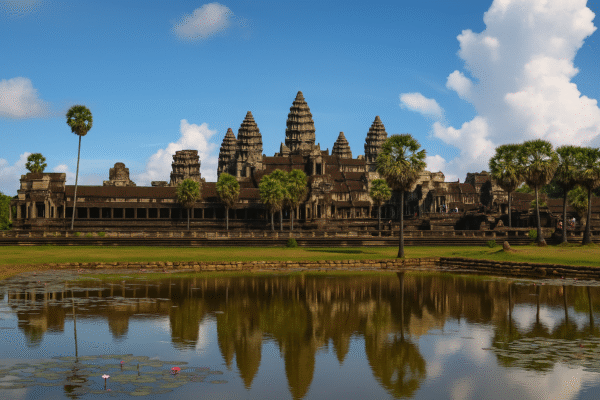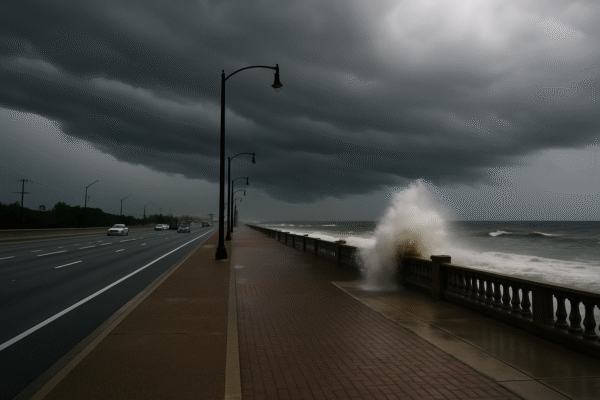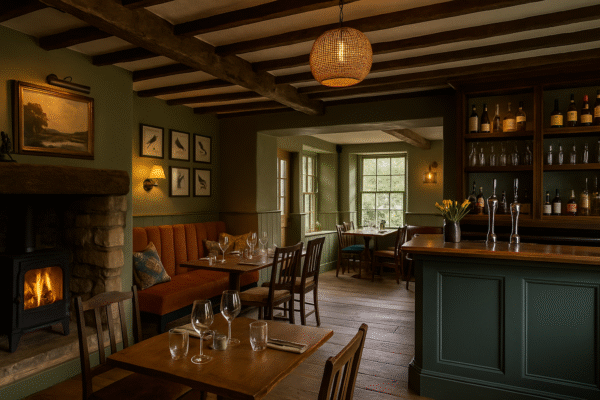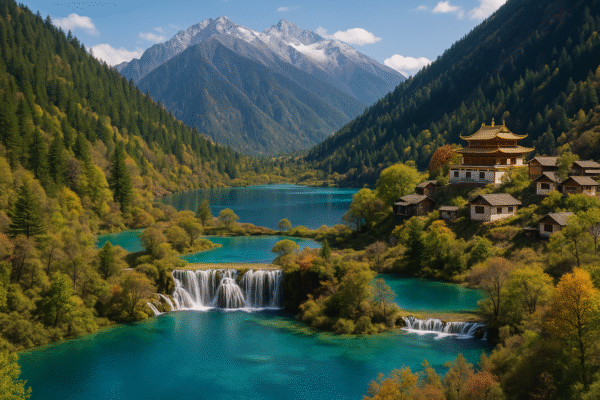Nestled deep within the mountains of northern Sichuan Province, Jiuzhaigou Valley is one of China’s most surreal and soul-stirring destinations. Enveloped by emerald forests, snow-capped peaks, cascading waterfalls, and vibrantly colored lakes, Jiuzhaigou is more than a sightseeing spot—it’s an invitation to rediscover the rhythm of nature and the wisdom of Tibetan culture.
Recognised as a UNESCO World Heritage Site and World Biosphere Reserve, Jiuzhaigou (meaning “Valley of Nine Villages”) is a pristine nature reserve renowned for its ecological diversity and cultural depth. With its turquoise lakes reflecting the sky and ancient pine forests humming with birdlife, the valley paints a landscape that feels dreamlike yet deeply grounded in tradition.
The Ethereal Beauty of Jiuzhaigou’s Landscape
At the heart of Jiuzhaigou’s charm is its natural beauty, sculpted by geological forces over millions of years. The region boasts over 100 lakes, each uniquely colored due to the high concentration of calcium carbonate and underwater flora. Sparkling waterfalls like the Pearl Shoal Waterfall and Nuorilang Falls, along with alpine meadows and limestone terraces, offer an otherworldly spectacle that draws nature photographers and ecotourists from across the globe.
Visitors are greeted with tranquil scenes at Long Lake, Five Flower Lake, and Mirror Lake, each reflecting snow-covered peaks and foliage in breathtaking symmetry. Walking trails wind through thick forests, while eco-friendly shuttle buses allow exploration without disrupting this delicate environment.
The Jiuzhaigou Scenic Area is a leading example of sustainable tourism in China, with restrictions on visitor numbers and strong efforts towards conservation. The area is home to endangered species such as the giant panda, golden snub-nosed monkey, and Sichuan takin, making it not only a feast for the eyes but a beacon for biodiversity.
Rissai Valley: Luxury in Harmony with Nature
Just a 20-minute drive from the main Jiuzhaigou Scenic Area lies Rissai Valley, part of the exclusive Ritz-Carlton Reserve portfolio. Offering a peaceful yet lavish retreat, the resort features 87 private villas inspired by traditional Tibetan architecture and designed to blend seamlessly into the valley’s natural terrain.
Guests at Rissai Valley enjoy panoramic views of forested mountains, river valleys, and nearby Tibetan villages—all from the comfort of their own terraces. The resort provides locally inspired wellness experiences, curated cultural tours, and world-class dining that incorporates Sichuan flavors and organic produce.
Whether you’re sipping tea on a sun-drenched patio or unwinding at the spa after a day of hiking, Rissai Valley provides the perfect sanctuary for those who seek luxury travel rooted in authenticity and environmental respect.
Deep Dive into Tibetan Culture and Spirituality
Jiuzhaigou isn’t only about nature—it’s also a vibrant window into Tibetan culture. With a strong population of Amdo Tibetans, the valley offers visitors the chance to witness and engage with deeply spiritual and time-honored traditions.
Local villages such as Shuzheng, Heye, and Zharu still practice Tibetan Buddhism, evidenced by fluttering prayer flags, hand-carved prayer wheels, and ornate monasteries nestled in the hills. Tourists can partake in cultural performances, traditional yak butter tea ceremonies, or even join guided meditation sessions hosted by local monks.
For those interested in deeper engagement, the Zharu Valley Eco-Tourism Zone—endorsed by the Jiuzhaigou National Park Authority—offers immersive experiences, including spiritual treks and traditional handicraft workshops, all hosted by community members. These initiatives promote responsible tourism and foster cultural preservation.
Reconnect and Reflect in Peaceful Wilderness
Only a one-hour flight or eight-hour scenic drive from Chengdu, Jiuzhaigou offers a serene escape from the busyness of modern urban life. The moment you step into this pristine environment, the stresses of everyday life seem to melt away, replaced by the stillness of wind through pine, the rhythmic chants of monks, and the calming ripple of lake waters.
Many travelers report feeling a spiritual renewal here—whether meditating by the lakes, walking ancient pilgrimage trails, or simply breathing in the pure alpine air. Jiuzhaigou presents not just a physical getaway, but a mental and emotional retreat—a reconnection with the Earth and oneself.
Why Jiuzhaigou Should Be on Every Traveller’s Bucket List
Few destinations in the world offer the perfect blend of raw natural beauty, cultural depth, and luxurious comfort the way Jiuzhaigou does. It’s not just a place to visit, but a place to feel. Whether you’re an adventure seeker, a culture enthusiast, a honeymooner looking for a unique escape, or a solo traveler seeking inner peace, Jiuzhaigou answers the call.
With its commitment to environmental protection, sustainable development, and community empowerment, Jiuzhaigou is also a shining model of how tourism can coexist with heritage and habitat.
Travel Tips:
- Best Time to Visit: September to November (autumn colors) and April to June (mild weather)
- Permits: Required entry ticket to Jiuzhaigou Scenic Area; limited daily entries, book in advance
- How to Get There: Flights to Jiuzhai Huanglong Airport (JZH), with shuttle services to the valley
- Recommended Stay: 3–4 days to fully explore Jiuzhaigou and nearby cultural sites
Conclusion: A Journey to Serenity Awaits
From its kaleidoscopic lakes and thundering waterfalls to its Tibetan monasteries and luxury retreats, Jiuzhaigou is a place where nature, culture, and tranquility converge. It’s not just a destination; it’s a transformation.
Whether you seek rejuvenation, inspiration, or just a break from routine, Jiuzhaigou invites you with open arms—and once visited, it will remain in your soul forever.
For more travel news like this, keep reading Global Travel Wire





















